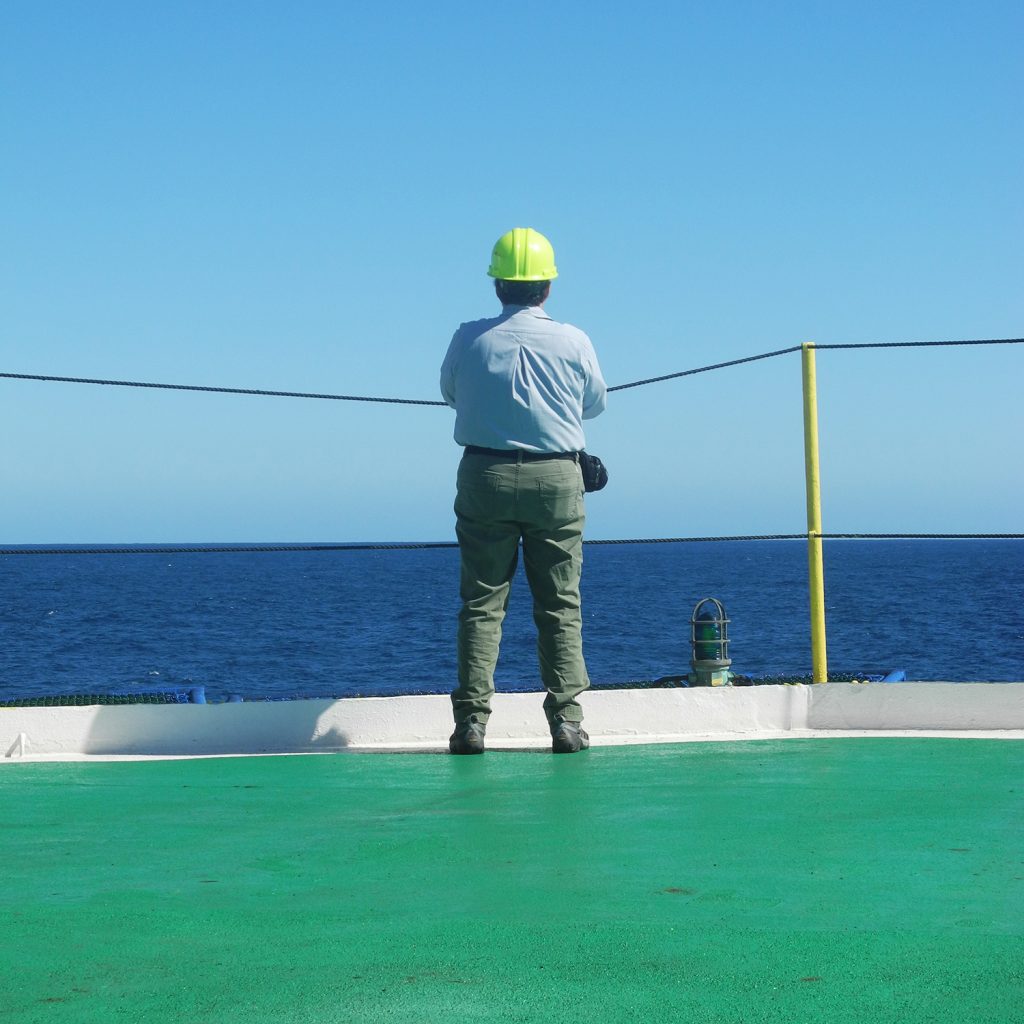
The Other Twelve Hours
A carrier albatross arrived today, with an email for me. It read:
Dear Tom,
I’ve been following your blog for some time now, and while sedimentology and core sampling are all terribly interesting, I want to know about the people behind the science! What do you all do in your spare time?
Sincerely, a fan
The scientists all had a good laugh at that. What’s spare time? The JOIDES Resolution runs 24 hours a day, with everyone working 12 hour shifts. The scientists work from noon til midnight, or midnight to noon, I work 6am to 6pm, and I’m fairly sure some of the supervisors just don’t sleep at all.
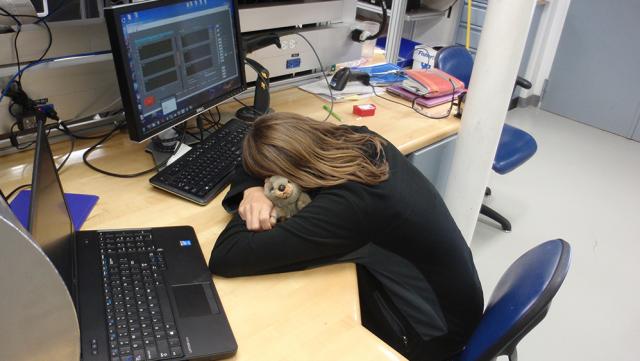
Millie wakes up every ten minutes to rotate samples
But honestly, after we allow for meals, cookie breaks, report writing, and sleep, we can usually snatch an hour or two a day to ourselves (or more, depending on how you prioritise sleep). And there are some pretty good options for relaxation on board.
There is our break-room/library. If you’ve been wondering what tired scientists read in their downtime, apparently the answer is trashy sci-fi/fantasy, with a smattering of war and romance thrown in. It’s all pretty light stuff, since the last thing you need after 12 hours of stratigraphic correlation is overly complex symbolism and people coming to terms with things.
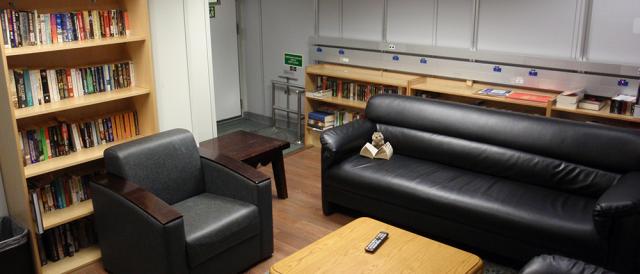
There’s a great selection of Michael Crichton and the obligatory orphaned Song of Ice and Fire volume 3
If reading is too much effort, we have a small cinema! There’s a GREAT selection of films, but getting the audio mix just right can be tricky when the ship’s noisy waste processing facility is right next door.

It also doubles as a workout video area. SO I AM TOLD
For those who want more exercise than 50 flights of stairs a day, or want to counteract the unlimited supply of chocolate soft-serve icecream, the ship has a very space-efficient gym. The movement of the sea adds that vital element of danger to a quiet jog, so you’re strongly advised to use the handles at all times.
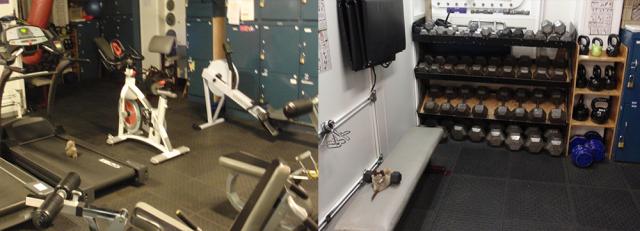
Exercise is vital, so our bones are strong enough to handle normal gravity when we return to land.
But the favourite way to relax onboard might be just standing outside and watching the sea. Sunrises and sunsets are spectacular, and if you’re lucky, there might be a humpback whale lurking nearby. Even just watching the open sea is incredibly meditative, and makes me feel like photoshopping smug quotes onto nature photos.

The helideck is great for anyone wanting to capture a panorama, or land a helicopter
And after all that, of course, there’s bed. Most people share a room with someone on the opposite shift, so you’ve got it to yourself half the time. It takes a little while to get used to the constant rocking, and the surprising level of background noise (my room seems to be right next to a thruster, so in high seas it sounds like I’m living under a railway bridge), but a 12 hour shift makes for a pretty good sedative.
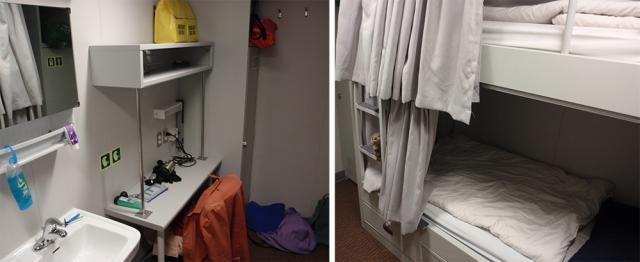
No windows, but it does have enough lifejackets for everyone.